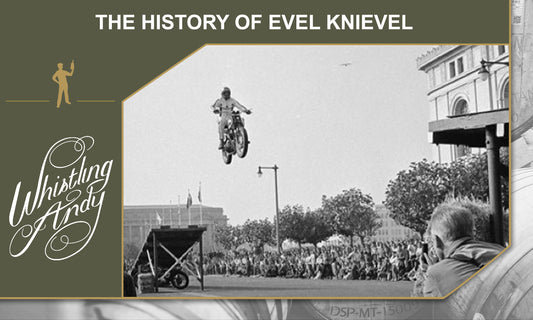During the summer of 1805, the Lewis and Clark expedition that was sent out to map and record the landscape recently acquired by the Louisiana Purchase was temporarily foiled when they happened upon the falls of the Missouri River.
Traveling upon the Missouri River via rafts, the falls posed such a huge issue to the explorers that it took them well over a month to traverse an area of fewer than 20 miles. Regardless of the wild terrain, this would serve as the setting for a central hub during the United States’ westward expansion.
The heart of this area is what is presently known as Great Falls in Montana. This town was founded in arguably one of the most picturesque landscapes in North America, if not the entire world. With almost panoramic mountain views and beautiful farmland, this is the third largest city in the state and attracts over 1 million visitors annually.
Great Falls has a history that is matched only by its beauty.
Pre-Lewis and Clark
Long before Lewis and Clark crossed the area during their famous expedition, the area that is now the town of Great Falls was a seasonal hunting ground for several native tribes.
It was occupied by the Salish tribe until the turn of the seventeenth century when the Blackfeet tribe invaded the area, ultimately pushing the Salish back to the surrounding Rocky Mountains. The Blackfeet continued to occupy the site until well after Lewis and Clark traversed the land.

The Lewis and Clark Expedition
Once they came upon the falls of the Missouri River, the Lewis and Clark Expedition, which was traversing waterways by raft, found themselves in quite a pickle about how to get through the area.
They faced not one, but five, waterfalls that dropped the river down vertically over 600 feet in an approximate ten-mile area. The expedition’s method of moving down the river by pushing the raft off the shores and using a poll to get them through the waters away from the shores was not a viable option here.
Before they reached the falls, Lewis and Clark believed it would take the expedition less than a day to get through the site. They ended up over a month behind schedule by the time they got through the falls.
Regardless of the delay that the falls caused the group, when Lewis came upon the grandeur of the 80 feet high and 900 feet wide natural wonder, he declared it “the grandest sight” he had ever beheld.
Founding Great Falls
While most towns that developed in the area during this time period were not well planned, making many “fly-by-night” settlements, the city of Great Falls was well thought out by the founder, Paris Gibson.
After scouting the area for some time, Gibson decided to develop the planned city of Great Falls because of its proximity to multiple natural resources. In 1880, he laid stakes, and the town’s planning was underway.
The city was strategically planned to ensure practicality that incorporated the surrounding area's natural beauty. The streets were laid out completely straight, allowing for ease of access. Close to 1,000 acres of the town were set aside for community parks, and beautiful indigenous trees were planted at regular intervals along the town’s streets.
With the financial backing of railroad mogul James Hill, Gibson was able to turn Great Falls into one of the fastest-growing towns in the area. By 1886, over 1,000 residents called this beautiful little burg home.
By the end of the nineteenth century, Great Falls had turned into much more than a western settlement. It boasted a respectable retail district, industrial manufacturing, railway connections to the major railroads, and a well-developed agricultural business. But the most significant boost to the city came thanks to the insight of its co-founder, Hill.
Electricity had just been introduced to the world, and because the falls showed tremendous potential to harness hydroelectric power, Hill built a dam just outside the city's heart. Many other power plants followed, and Great Falls was given the moniker “The Electric City.”
Many major cities in the country could not compete with Great Falls in terms of technological innovation pertaining to electricity which indeed served to put this town on the map.

Great Falls today
Great Falls enjoyed steady growth throughout the first half of the twentieth century, becoming the largest town in the state according to the 1950 census, boasting over 55,000 residents.
It is currently the third largest city in Montana, with over 60,000 residents as of the current census.
Great Falls is a bustling town with significant employment opportunities from one of its multiple industrial plants or two military establishments.
Though the town’s prosperity declined somewhat over the second half of the twentieth century from military base cutbacks and the downward trajectory of the agriculture and railway businesses, the people of Great Falls continue to enjoy a unique, beautiful town offering unparalleled natural wonders.
It also boasts a 185-million-dollar tourist industry. Great Falls attracts nature, adventure, and history lovers from all over the world who want to experience the grandeur this little town in Montana offers.
Great Falls, Montana: A Beautiful Past and Promising Future
Great Falls, Montana has a beautiful past that continues to contribute to its promising future.
History lovers can walk in the footsteps of Lewis and Clark. Nature and adventure lovers can take in the beauty and excitement of the falls and the surrounding area. And the residents can spend their lives surrounded by beauty.
Great Falls remains a magical place to behold.





